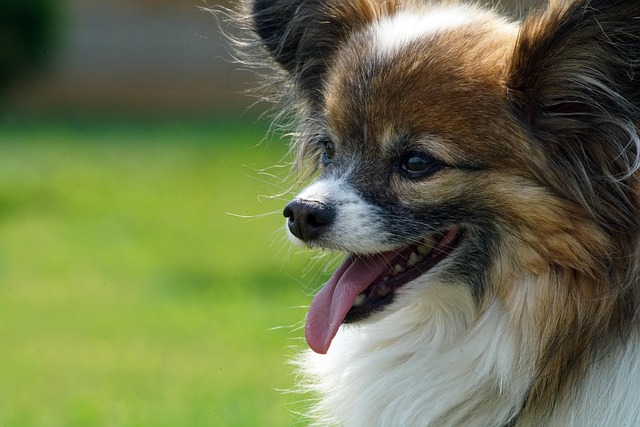
why does my dog jump on me from behind
It’s 7 a.m. in your Portland apartment, and you’re reaching for your coffee mug when suddenly, a warm body crashes into the back of your legs—your 10-month-old lab mix
Labradors are known for their friendly tails and eager-to-please eyes, so when aggression creeps in, it’s not just confusing—it’s heartbreaking. That snarl, that raised hackle, or that sudden snap? It’s not who they are, but it is a message they’re sending loud and clear. Your job isn’t to “fix” them overnight, but to listen, learn, and guide them back to calm.
First, rule out pain. A sore hip, a toothache, or even an ear infection can turn the sweetest Lab into a grump. Dogs can’t say “ouch,” so aggression becomes their defense mechanism. A trip to the vet should always be your first step—no amount of training works if your pup is hurting. Plus, many regions require regular check-ups to ensure pets aren’t a danger to others, so it’s a win-win.
Understand the triggers. Is it other dogs on walks? Kids rushing in for a hug? That vacuum cleaner that sounds like a monster? Labradors often act out when they feel cornered, overwhelmed, or scared. Watch closely: does their body tense before they lash out? Do they try to back away first? Recognizing these warning signs lets you step in before things escalate—distracting them with a treat, moving to a quieter spot, or creating space.
 Consistency matters more than intensity. Labs thrive on routine, so mixed signals confuse them. If jumping on guests gets a laugh one day and a scold the next, they’ll only get more frustrated. Set clear boundaries: no nipping during play, no guarding food bowls, no lunging at the fence. Reward the calm moments fiercely—those tail wags, those soft eyes, that decision to sit instead of snap. Positive reinforcement sticks better than punishment, and it builds trust, not fear.
Consistency matters more than intensity. Labs thrive on routine, so mixed signals confuse them. If jumping on guests gets a laugh one day and a scold the next, they’ll only get more frustrated. Set clear boundaries: no nipping during play, no guarding food bowls, no lunging at the fence. Reward the calm moments fiercely—those tail wags, those soft eyes, that decision to sit instead of snap. Positive reinforcement sticks better than punishment, and it builds trust, not fear.
Legal lines matter, too. Many areas have strict laws about aggressive behavior, from mandatory training classes to muzzle requirements in public spaces. Ignoring these rules doesn’t just put others at risk—it could lead to fines, or worse, your Lab being labeled a danger. Check local ordinances: some places offer free or low-cost behaviorist programs that not only help your dog but keep you on the right side of the law.
Socialization isn’t a one-and-done task. Labs are social creatures, but poor early experiences (or none at all) can make them wary. Start small: short, positive interactions with calm dogs, gentle strangers, and new environments. Rushing it will backfire—think five-minute meetings with a friend’s well-behaved pup, not a trip to a crowded dog park. Over time, they’ll learn the world isn’t something to fight against.
Patience is your superpower. Aggression doesn’t melt away in a week, and setbacks will happen. A stormy day, a bad night’s sleep, or a surprise noise might make old behaviors pop up again. That’s okay. What matters is how you respond—calmly, confidently, and with the same patience that made you fall in love with them in the first place.
Remember, your Lab wants to be good. They just need help figuring out how. With time, kindness, and a little detective work, you’ll see that friendly spark return—the one that makes you grateful to call them yours.

It’s 7 a.m. in your Portland apartment, and you’re reaching for your coffee mug when suddenly, a warm body crashes into the back of your legs—your 10-month-old lab mix
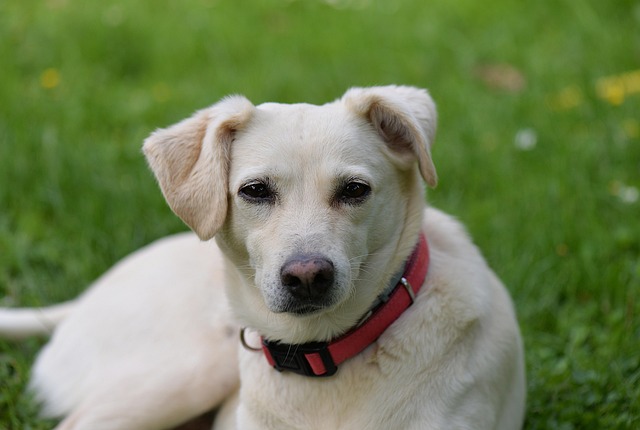
Border collie puppies have jaws that move like little pincers—sharp, curious, and always ready to explore. That nipping isn't aggression; it's their way of learning about the world, teething, or burning off that endless energy they're famous for.
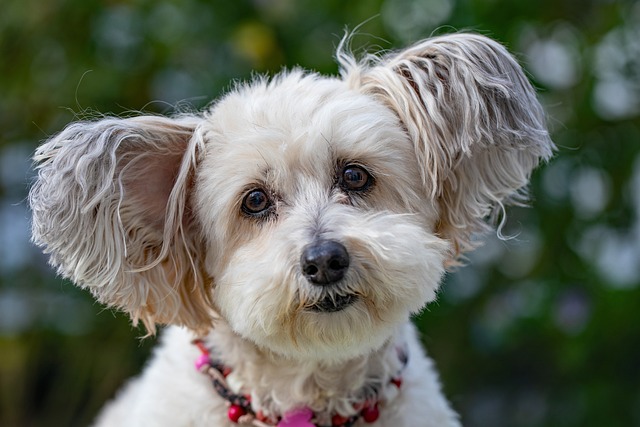
ay, and you’re sitting by the kitchen window in your Denver apartment, sipping coffee, when your 1-year-old Aussie mix, Bailey, bolts to the glass
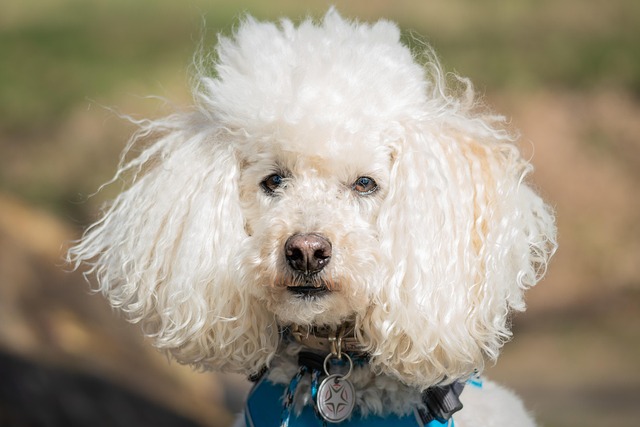
It’s 11 p.m. in your Miami apartment, and the AC is cranked to 72°F, but your 3-year-old boxer, Diesel, is pacing the living room, barking sharply at the window.

It’s been three weeks since you brought home your 6-month-old rescue pup, Ruby—a scruffy terrier mix with a nose that never stops sniffing.
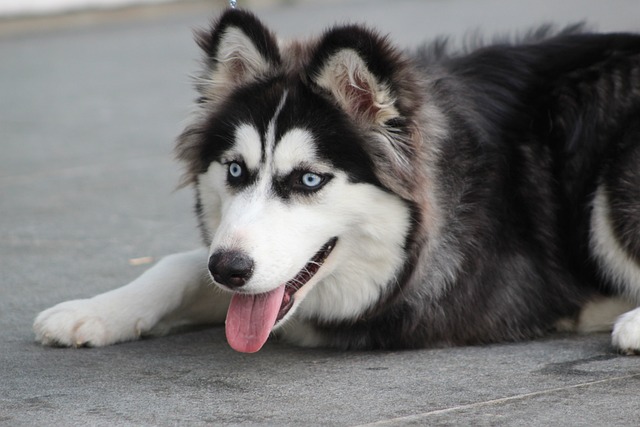
The question of when to begin obedience training often catches new dog owners off guard, especially when navigating the maze of puppy milestones and local regulations.